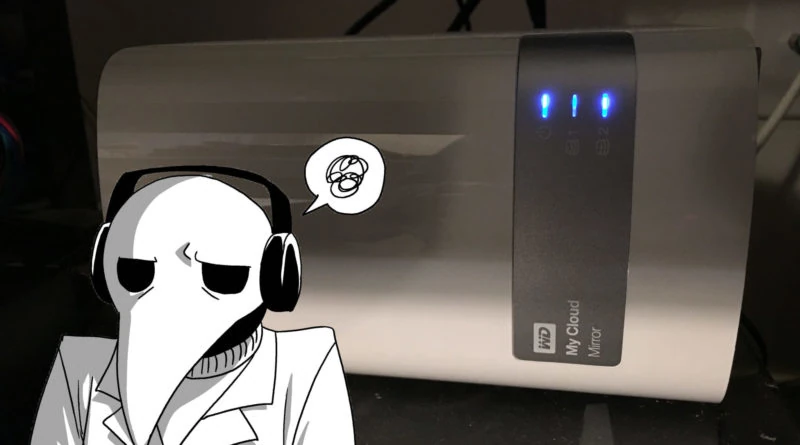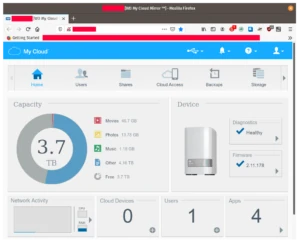The importance of having two copies at all times

Hey everyone. Klebs here and today, I’m here to remind you of the importance of always having at least two backups of your data at all times. Some would even go as far as having three copies, one of them being off-site. Why am I talking about this now?
Underestimating the lifespan of hard drives
It was going so well
Under normal use, a hard drive is expected to last around five years. Six years ago, I decided to buy a NAS (network attached storage) in order to put all of my data in one place and make it accessible through the web. The model I went for was the WD My Cloud Mirror with 8 TB of storage since I thought having two copies of 4 TB was a good enough precaution in case of the drives started failing.
Things are already starting to get complicated
I quickly realized my initial plan wasn’t the best since a corrupted file could get cloned from one drive to the other if the user didn’t use the mirror function (RAID 1) properly. I’ve also reached 4 TB of storage faster than I anticipated. Setting the NAS to RAID 0 mode to gain access to 8 TB of storage instead of 4 in RAID 1 was a risky move because I now only had one copy of my data. Surely the hard drives would last long enough for me to backup my data, right? Right?
It’s already too late
Last month, after I got enough storage space from multiple different drives, I started the backup process. For a while, things went smoothly until the WD My Cloud Mirror started slowing down and inexplicably disconnected itself from the network. Looking at the dashboard, I found out one of my hard drives had failed. Moreover, the drives used by the NAS were WD Red models with a 3-year warranty meaning my 6-year-old failed hard drive was no longer covered. Once I’ve recovered whatever I could save and purchased a new hard drive, I started thinking about a long-term solution to prevent this from happening again.

Solutions being considered
With the NAS being used as a server with remote access, I don’t think having an external hard drive plugged in at all times via USB is the best solution. Here’s what I have in mind.
A NAS at home and one off-site
I could put my current NAS at someone else’s house and buy another one. Since I want to reduce disk usage on my current NAS, the WD My Cloud Mirror could be used solely as a backup device that I’ll sync on a regular albeit less frequent basis. That way, it gives me an excuse to try Openmediavault which is a NAS solution that qualifies as free software according to the Free Software Foundation. Getting 8 TB hard drive, a hard drive enclosure and a Raspberry Pi can be expensive.
A NAS at home an external hard drive off-site
I could keep my NAS and get a 8 TB hard drive that I can put at someone else’s house and sync on a regular basis. After all, since the WD My Cloud had worked so well for the past 6 years, why change the process? However, it means I’ll have to find another way to encrypt my external hard drives with a Linux-compatible application so WD My Cloud Passport products are out since they only support Windows and Mac.
A gigantic hard drive directly on my computer and an off-site NAS
I could put a 8 TB hard drive inside my computer and put my NAS at someone else’s house. Unfortunately, being my computer being cramped, I’ll need to reorganize my components to make room for that extra drive first.
Conclusion
With the Black Friday and Cyber Monday coming really soon in North America, I should make up my mind fast or wait until Boxing Day. I’ll let you know how it goes.
Don’t hesitate to send me your questions and comments. See you in the next blog post.